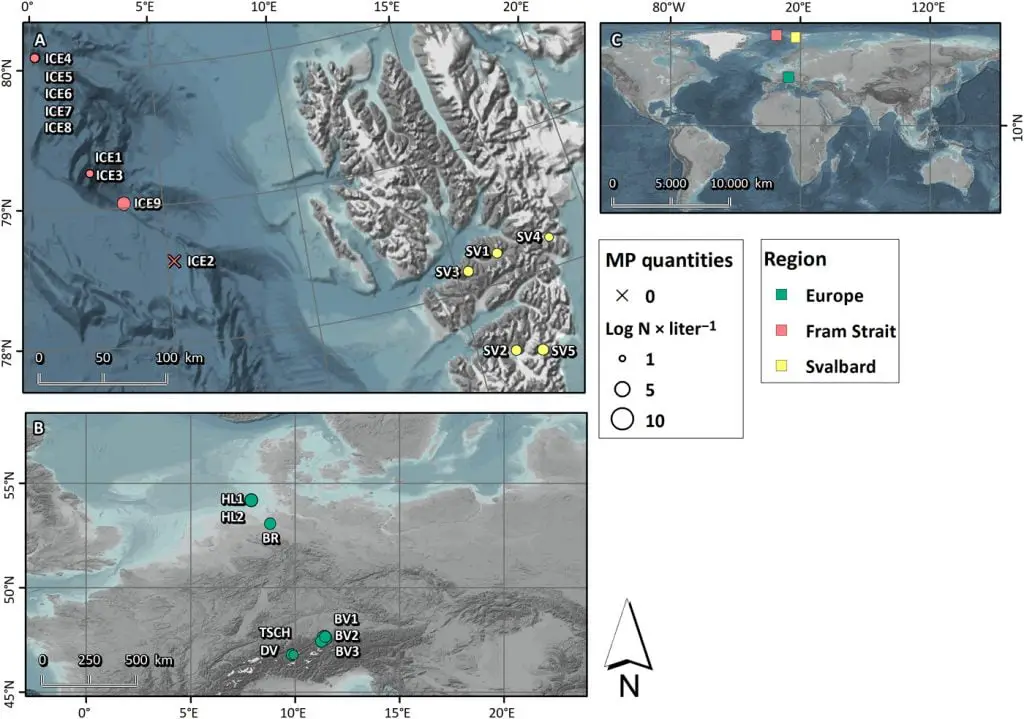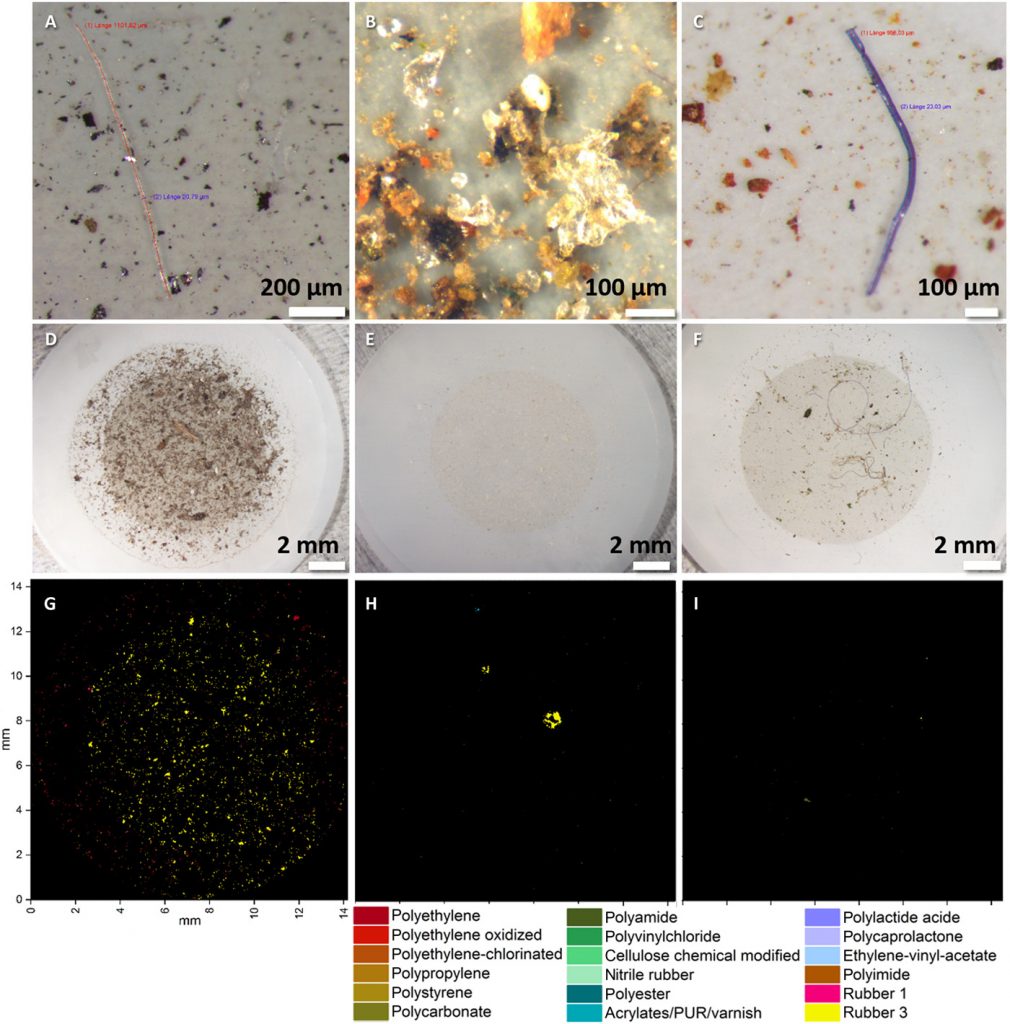In an interesting research paper published on American Association for the Advancement of Science on July 2019, there were important indications on plastic pollution on our planet.
Scientists collected snow samples from Arctic regions of Svalbard and Fram Strait as well as Bremen City, Isle of Heligoland and the Alps (Davos, Tschuggen, Bavaria).
Data and images gathered during the study was processed and analyzed using Python and SimpleITK library showing serious pollution in Arctic and Alpine snow.
There is a risk of mismanaged plastic pollution to triple in amount by 2060 which is a very scary outcome.

Study suggests large concentrations of microplastics being transported via atmospheric routes which suggests microplastics finding their way into soil, aquatic environments and eventually food chain and human and animal bodies.
Scientists also note that there has been unexpectedly little research about the inhalation risk of airborne MPs.
Although our body has amazing protection mechanisms and mucus handles a great amount of pollutants, especially chronic inhalation of microplastics may cause them to stay in various areas of human body and cause chronic health issues such as allergies, chronic coughing, inflammation, fibrosis, genotoxicity, lung diseases and potentially increased risk of cancer.
Scientists underline the importance of further studies and caution regarding plastic pollution on our planet.

Here are some bullet points from the published article:
- The study provided the first data on contamination of snow by microplastics and microplastic concentrations in snow were very high, indicating significant contamination of the atmosphere.
- During its passage through the atmosphere, snow binds airborne particles and pollutants, which are eventually deposited on Earth’s surfaces, a phenomenon termed “scavenging”. Study showed that scavenging represents an important pathway of MPs to land and ocean environments in Europe and the Arctic.

- One of the problems with plastic is that it persists in the environment for very long periods of time due to its durable structure.
- Plastic pollutants can be found in urban centers, terrestrial areas, freshwater environments, shores of remote uninhabited islands, the sea surface, water column, and deep seafloor.
- Plastic pollutants have also reached polar regions including Arctic beaches, sea ice, water column, sea surface, and the seafloor.
- Plastic items fragment into smaller particles and are termed microplastic when attaining sizes below 5 mm.
- Polymer composition varied strongly, but varnish, rubber, polyethylene, and polyamide
- In addition, litter quantities have increased significantly on the deep Arctic seafloor over the past 15 years as highlighted in a time-series study.
- Mismanaged plastic waste could triple from 60-99 million metric ton in 2015 to 155-265 million metric ton by 2060.
- In France, MP concentrations in atmospheric fallout increased fivefold after a rain event, indicating that wet deposition could be a pathway of MPs to Earth’s surfaces including the oceans.
You can read the full article here published by -Scientists Melanie Bergmann, Sophia Mützel, Sebastian Primpke, Mine B. Tekman, Jürg Trachsel and Gunnar Gerdts.





